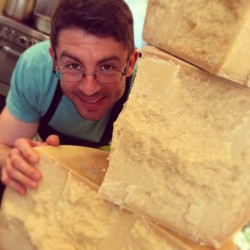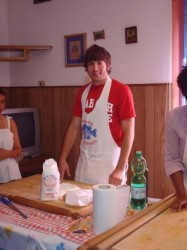Ashley Webb is currently interning at Pashmere, a high-end fashion company. We met up with her for coffee at Bar Duomo, where she told us about her love for Perugia, stepping out of her comfort zone, and getting involved with the local community.
Co-Op at Fashion Company Pashmere
For right now, I’ve started out in charge of social media. I went to the Pitti Immagine Uomo Fair where thousands of people from all over the world, and there are more than a thousand exhibitions of various high-end fashion companies, anything from Nike and Puma sportswear to Pashmere and the more fancy clothing providers. It was also cool that I got to meet Sergio Múñiz there, a well-known actor in Italy.
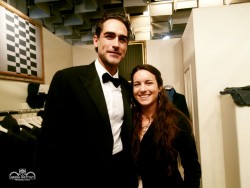
AT Pitti, I was in charge of taking notes and taking pictures, all of which are going to be edited and then placed on social media for promotional purposes. I’ve come up with a couple of social media campaigns to run on Facebook and Twitter, to make the company more well-known.
Perugia and Umbra
Perugia is the perfect size and is centrally located. It takes only two hours to get to Florence or 20 minutes to get to Assisi. It’s halfway between Puglia and Milano, so you can get around pretty easily. There’s more opportunity in Perugia to learn Italian and to see Italian culture because it’s not just a big city. You have that small-town community feel here, everybody knows each other. When walking to class I always run into random people that I know.
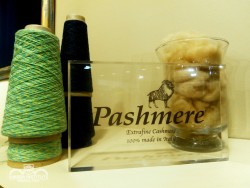
I knew that Perugia was a sister city with my home university city, Grand Rapids, Michigan, so I applied and was accepted for The Umbra-Perugia Sister City Scholarship (SCS). It allowed me to go abroad and learn a third language, which is greatly beneficial. Umbra is great because you know that when you come here and you are doing your community engagement work for a business class, you aren’t just working to a dead end, your work will actually get followed up on by the businesses you work with. The businesses get really involved and they’re grateful and excited to work with students. Overall, it’s just an amazing experience. I haven’t been able to work with a business like that back home.


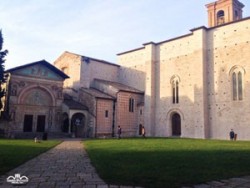
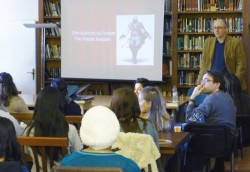
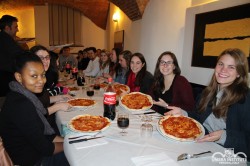
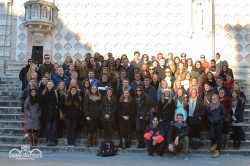 he many service-learning opportunities available at Umbra.
he many service-learning opportunities available at Umbra.